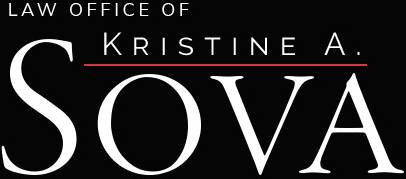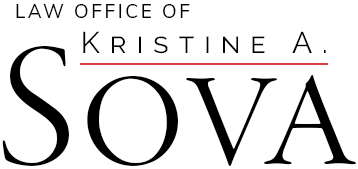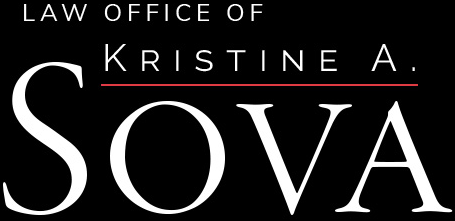On July 2, 2015, the Second Circuit Court of Appeals answered the question: “[W]hen is an unpaid intern entitled to compensation under the FLSA?” The question was a matter of first impression in the circuit, and the decision was a long-awaited one, because it addressed a question left unresolved since 2013 when two New York district court judges applied different tests in similar cases, the result of which were opposite outcomes (Glatt v. Fox Searchlight Pictures Inc., U.S.D.C., S.D.N.Y., Civil Action No. 11 Civ. 6784, and Wang v. The Hearst Corporation, U.S.D.C., S.D.N.Y., Civil Action No. 12 Civ. 0793).
On appeal, the Second Circuit considered whether to apply:
- the U.S. Department of Labor’s six-factor test for determining whether an internship at a for-profit institution may be unpaid under the Fair Labor Standards Act (a variation of which had been applied by the district court judge in the Glatt decision), or
- another test whereby interns will be considered employees whenever the employer receives an immediate advantage from the interns’ work, or
- a more nuanced “primary beneficiary test,” as suggested by the district court judge in Wang and the employers on appeal, which considers whether the intern or the employer is the primary beneficiary of the relationship.
The panel adopted the primary beneficiary test, noting two salient features. The first is that it focuses on what the intern receives in exchange for his/her work. The second is that it accords courts the flexibility to examine the economic reality as it exists between the intern and the employer.
In adopting this test, the court laid out seven non-exhaustive factors to consider when assessing whether an intern is an employee entitled to compensation under the FLSA:
- The extent to which the intern and the employer clearly understand that there is no expectation of compensation. Any promise of compensation, express or implied, suggests that the intern is an employee—and vice versa.
- The extent to which the internship provides training that would be similar to that which would be given in an educational environment, including the clinical and other hands-on training provided by educational institutions.
- The extent to which the internship is tied to the intern’s formal education program by integrated coursework or the receipt of academic credit.
- The extent to which the internship accommodates the intern’s academic commitments by corresponding to the academic calendar.
- The extent to which the internship’s duration is limited to the period in which the internship provides the intern with beneficial learning.
- The extent to which the intern’s work complements, rather than displaces, the work of paid employees while providing significant educational benefits to the intern.
- The extent to which the intern and the employer understand that the internship is conducted without entitlement to a paid job at the conclusion of the internship.
The court noted that applying these considerations requires weighing and balancing all of the circumstances, and no one factor is dispositive. Every factor need not point in the same direction for the court to conclude that the intern is not an employee entitled to the minimum wage. In addition, courts applying the “primary beneficiary test” are permitted to consider relevant evidence beyond the specified factors in appropriate cases.
Perhaps most notable about the Second Circuit’s decision is that the court declined to follow DOL’s six-factor test, which employers had been advised to follow in the absence of explicit guidance out of the Second Circuit. (For an in-depth discussion of the DOL’s six-factor test, click here.)
The Second Circuit’s territory encompasses Connecticut, New York, and Vermont. Employers with operations or workers in those three states should be mindful that the “primary beneficiary test” may apply when determining whether an intern should be paid or unpaid under the federal Fair Labor Standards Act.




